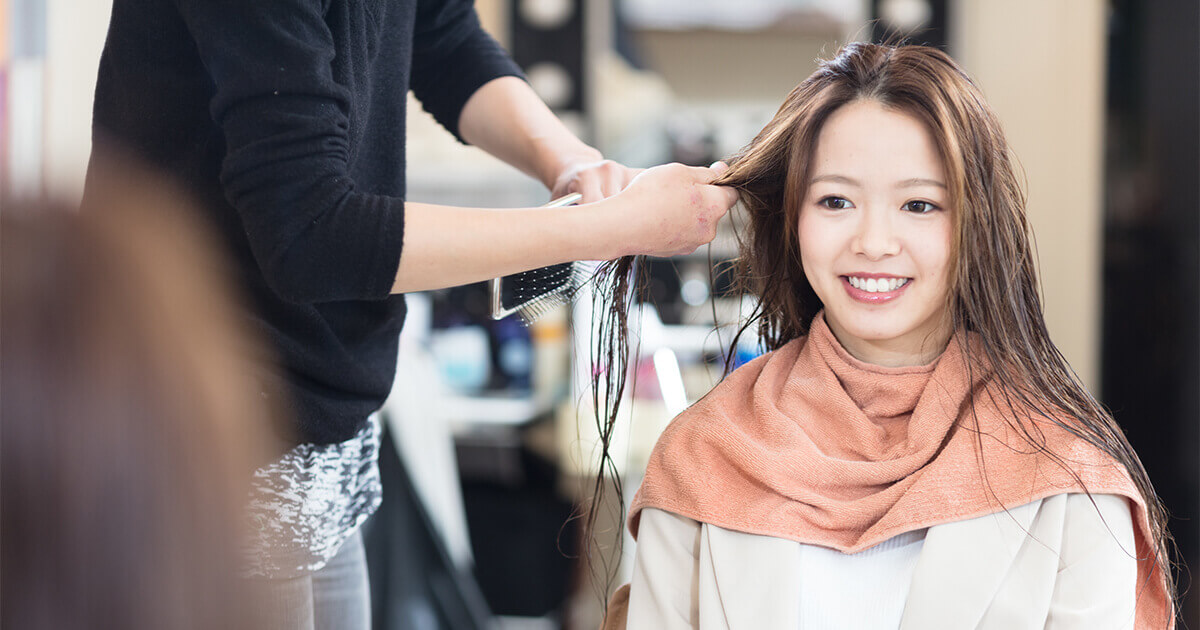
How To Say “I’m not feeling well” In Japanese?
- Updated:
- Published:
Answer by Japanese teacher Explanation You can use the above two phrases to express a general sense of unwell. 具合(ぐあい)が悪(わる)い guai ga warui means “ill, sick, not in good shape, malfunction”. It can be used to refer to people or […]





